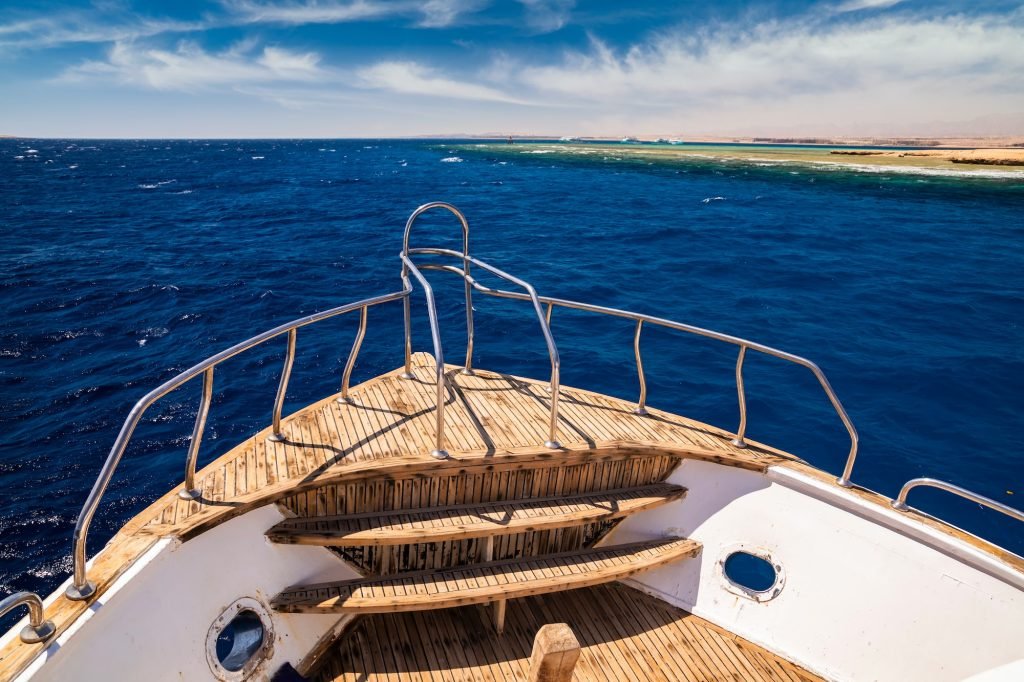The great majority of Southeast Asian countries share land borders with at least one other country (the exception is the Philippines, an archipelago with no shared land borders at all).
This represents a golden opportunity for travelers who want to blaze a path of their own: land crossings between well-trafficked stops, like the gap between Siem Reap in Cambodia and Bangkok in Thailand, can take tourists to remote but breath-taking places that major tourism companies deem too out-of-the-way to sell.
In the process, you’ll dig deeper into the local culture than you might have with your average package tour. “How do you educate the traveler?” Willem Niemeijer, chairman of Khiri Travel, asks rhetorically. “You don’t educate him by traveling from an airport to an airport, do you?”
Overland travel also helps locals far more than taking the plane. When you travel overland, you disperse your tourism dollars beyond the air hubs, which are generally located close to a country’s most popular tourist spots.
Thailand, for example, lies on an overland crossroads between Myanmar, Laos, Cambodia and Malaysia.
More and more travelers now cross over from Mae Sot in Thailand to Myawaddy in Myanmar, taking advantage of the latter’s proximity to interesting tourist sites like the capital of Kayin State Hpa-an; foodie’s hidden treasure Mawlamyine; and the “Golden Rock” on Mount Kyaiktiyo.
The Mae Sot-Myawaddy crossing is only one of four different crossings between Myanmar and Thailand, but it is by far the most popular one.
Laos is also easily accessible by several land crossings from Thailand. One up-and-coming crossing connects Nong Khai in Thailand with Houay Xai in Laos, allowing visitors to disperse throughout Laos by bus. Closer to the crossing, travelers can experience Nam Kan National Park through a unique “Gibbon Experience” in the treetops.
With eight border crossings between the two countries, Laos is the most accessible country to Thailand by land, but varying visa conditions mean that tourists should choose their crossing with care.
Another centrally-located country is Cambodia, whose Angkor temples near Siem Reapcan get rather crowded these days. To escape, travelers can leave Siem Reap into Ho Chi Minh City in Viet Nam, or northward through Poi Pet into Thailand. In between, travelers can detour into Battambang (the art capital of Cambodia) or to Banteay Chhmar (where you can take up a homestay or a “glamping” package to explore an ancient set of ruins almost as large as Angkor Wat).
Finally, Malaysia borders four different countries on two different landmasses. A well-developed road and railway link connects Singapore at the southern tip of the Malay Peninsula to Thailand at its northern end; on the island of Borneo, eastern Malaysia connects both to the tiny oil-rich country of Brunei and the Kalimantan provinces in Indonesia.
Peninsular Malaysia lies wide open to visitors riding the bus from Singapore: Johor lies immediately next to the border, with the quaint town of Melaka a little further away. From the Thai border crossing in the north, visitors often do a “visa run” from Bangkok to the state of Penang, or to the tropical resort island of Langkawi in Kedah state.
Over on Borneo, intrepid travelers can ride the bus across a well-paved if remote overland trail: it starts at Tawau in the state of Sabah on the island’s northeast, then proceeds west through Brunei into the Malaysian state of Sarawak to the city of Kuching.
Buses regularly commute between Kuching and the major Indonesian city of Pontianak in West Kalimantan, the gateway to the rest of Indonesian Borneo.
Before you arrange an overland adventure of your own, be aware that it presents a unique set of difficulties. Proceed only if you can answer the following questions to your own satisfaction:
Can you accept long travel times between stops? Unlike air travel, overland travel can be quite time-intensive, occasionally requiring travel in less-than-comfortable buses or trains.
Can you get a visa-on-arrival at your crossing of choice? Unlike with air travel, you cannot take visa on arrival for granted wherever you cross country lines. While eight border crossings lie between Laos and Thailand, only six allow travelers to get a visa on arrival.
Do you have accommodations along the way? Some of the least-traveled spots do not have tourist accommodations. Fortunately, the Internet allows you to check and reserve in advance.







